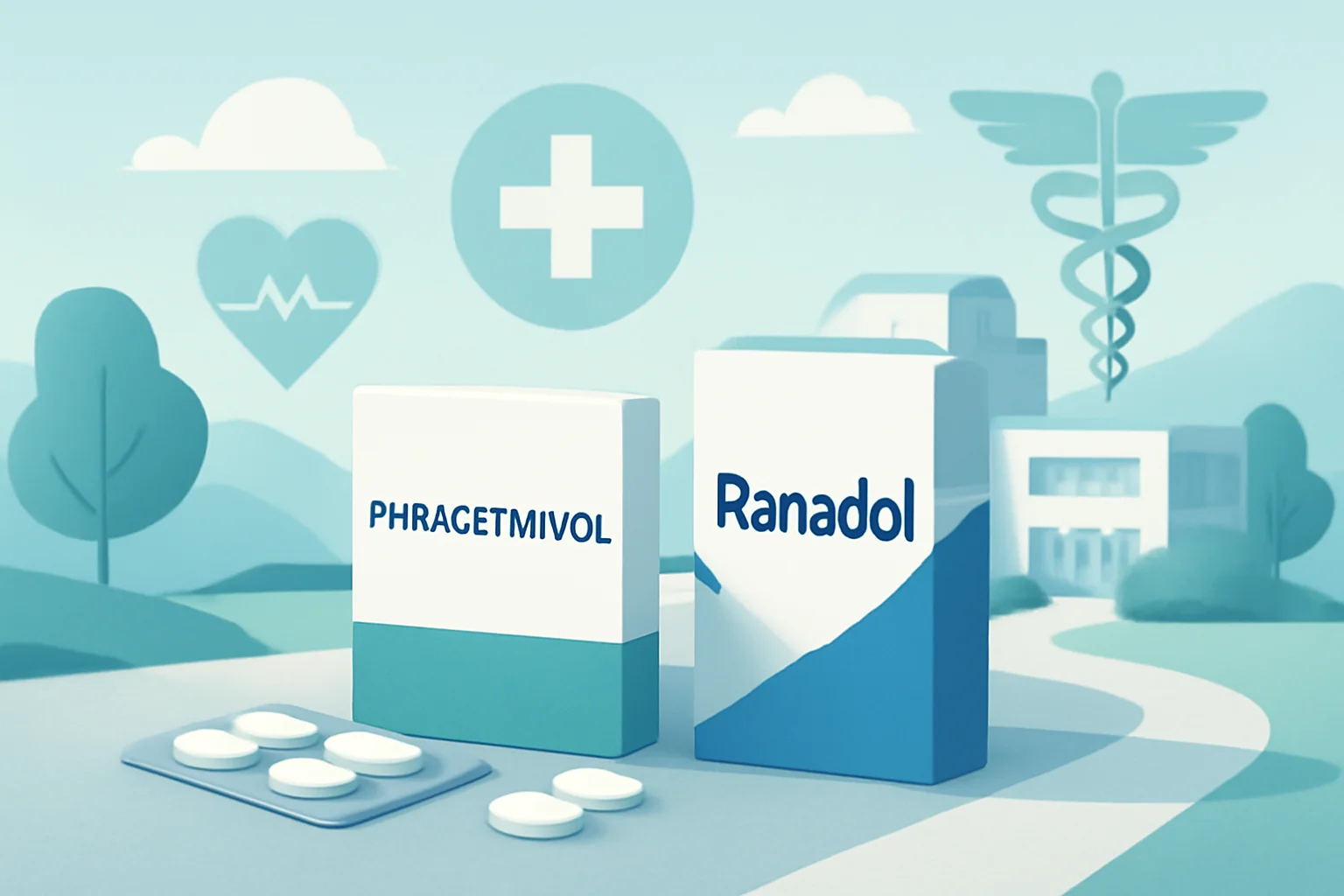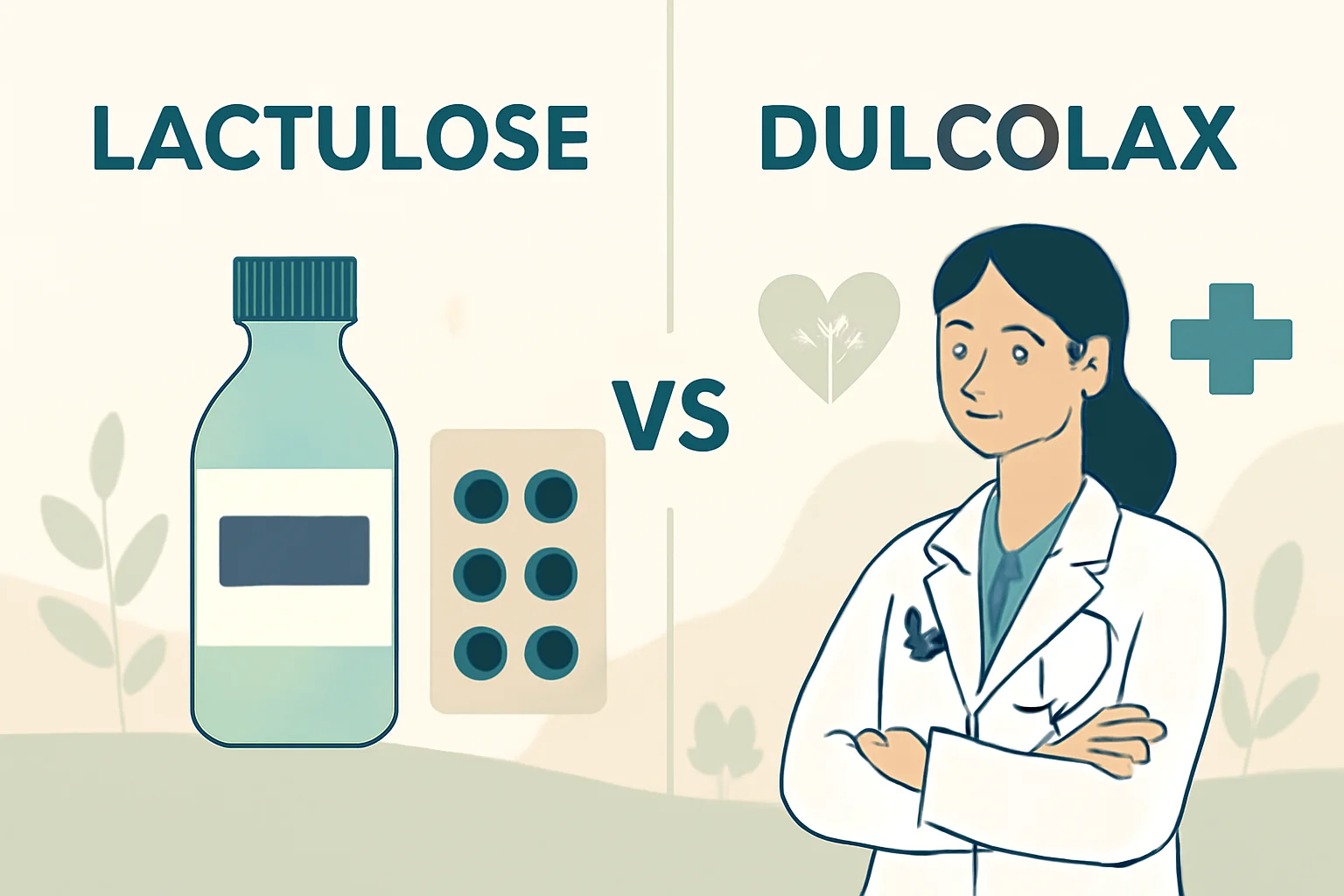
Paracetamol and Panadol: Effects, Uses, and Side Effects
A paracetamol and Panadol are two widely used pain relievers that play an important role in the daily lives of many people. The pain reliever market is extremely diverse, and paracetamol is particularly popular because it is available in almost every pharmacy and has relatively low side effects. Panadol, as one of the commercial names for paracetamol, is also very common, mainly for relieving fever and pain.
What is Paracetamol?
Paracetamol, also known as acetaminophen, is a widely used medication that is employed for its pain-relieving and fever-reducing effects. In medical terminology, paracetamol is often referred to as one of the safest pain relievers available for almost all age groups. Its effects are exerted through its action on the central nervous system, where it blocks pain perception and reduces the production of substances responsible for fever.
Paracetamol is available in various forms, including tablets, syrups, suppositories, and flavored liquids, which are especially useful for children. For adults, a single dose of 500-1000 mg of paracetamol is generally recommended, while for children, the dosage should be adjusted according to their weight.
The advantage of paracetamol is that it is usually well tolerated and has few side effects. The most common side effects include gastrointestinal discomfort, but these are generally mild. However, it is important to note that an overdose of paracetamol can cause severe liver damage, so the recommended dosage should always be adhered to.
The exact mechanism of action of paracetamol is not yet fully understood, but experts believe that it helps improve the patient’s condition by reducing pain perception and lowering fever. Additionally, paracetamol can be combined with other pain relievers, such as non-steroidal anti-inflammatory drugs, for more effective pain relief.
What is Panadol?
Panadol is a commercial name that refers to medications containing paracetamol. The Panadol brand is marketed by the pharmaceutical company GlaxoSmithKline and is popular worldwide for alleviating pain and fever. Like paracetamol, Panadol is available in various forms, including tablets, syrups, and chewable tablets.
The mechanism of action of Panadol is the same as that of paracetamol, as its main active ingredient is paracetamol. Therefore, Panadol also acts on the central nervous system, reducing pain perception and fever. Panadol is particularly recommended for treating headaches, migraines, muscle pain, toothaches, and cold symptoms.
One of the main advantages of Panadol is that it has been specifically developed for fever and pain relief, so users can be assured that the medication effectively targets these symptoms. Additionally, Panadol is available in various flavors, making it more appealing to children.
It is important to note that Panadol, since it contains paracetamol, can also lead to liver damage in case of overdose, so care should be taken regarding the correct dosage. The Panadol product line offers various variations, such as Panadol Extra, which also contains caffeine to enhance the pain-relieving effect.
When is it advisable to use paracetamol or Panadol?
The use of paracetamol and Panadol can be beneficial in numerous cases. They are primarily used for pain relief and fever reduction, but the choice between the two medications may depend on several factors.
First, if someone is struggling with general pain, such as headaches or muscle aches, either paracetamol or Panadol may be a good choice. Both effectively reduce pain and quickly alleviate symptoms.
However, if more specific needs arise, such as a need for fever reduction, Panadol may be the better choice, as this medication has been specifically developed for treating fever. Additionally, flavored versions of Panadol can be particularly useful for children, who often have difficulty taking medications.
Both paracetamol and Panadol are considered safe when used according to the prescribed dosage. However, if someone is already taking other medications or suffers from a chronic illness, it is always advisable to consult a doctor about the appropriate medication selection.
For pregnant women and breastfeeding mothers, it is also important to seek medical advice before using medications, as although paracetamol is generally considered safe, individual health conditions must be taken into account.
Therefore, if pain or fever occurs, the use of paracetamol and Panadol can be helpful, but it is always important to consider one’s own health condition and the effects of the medications.
—
Warning: This article does not constitute medical advice. In case of health issues, everyone should only follow their doctor’s advice.

